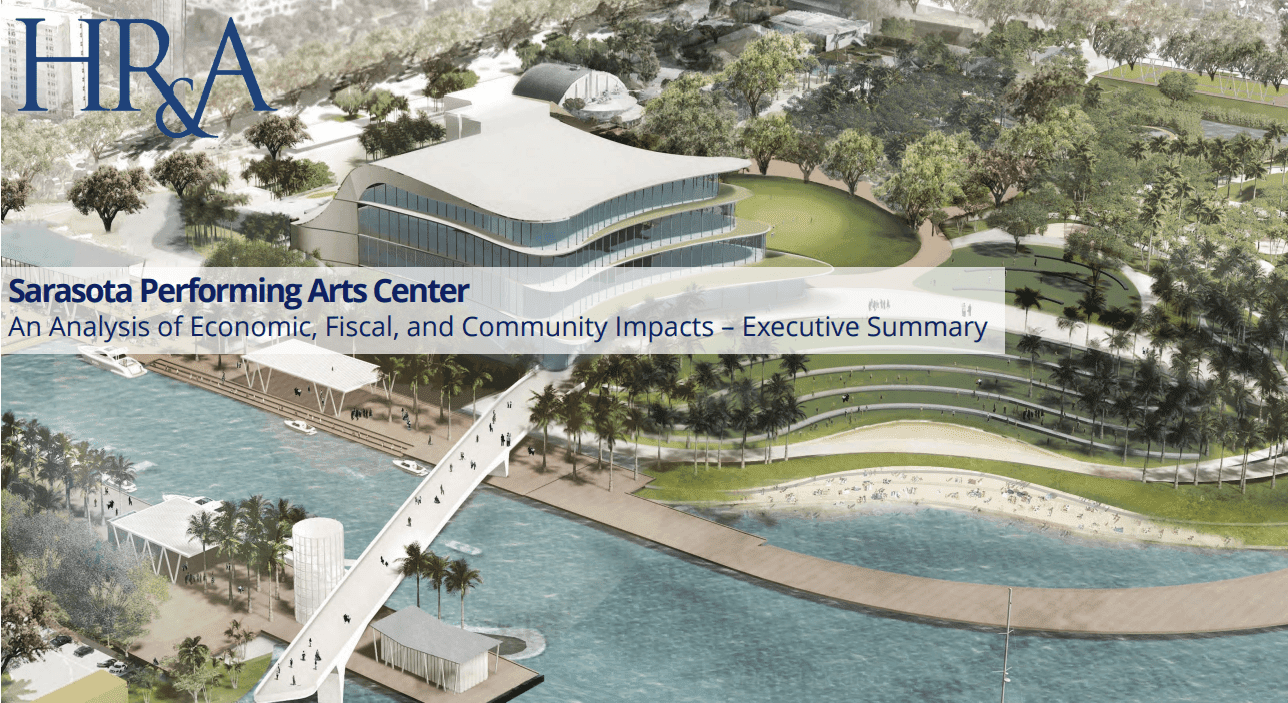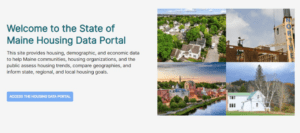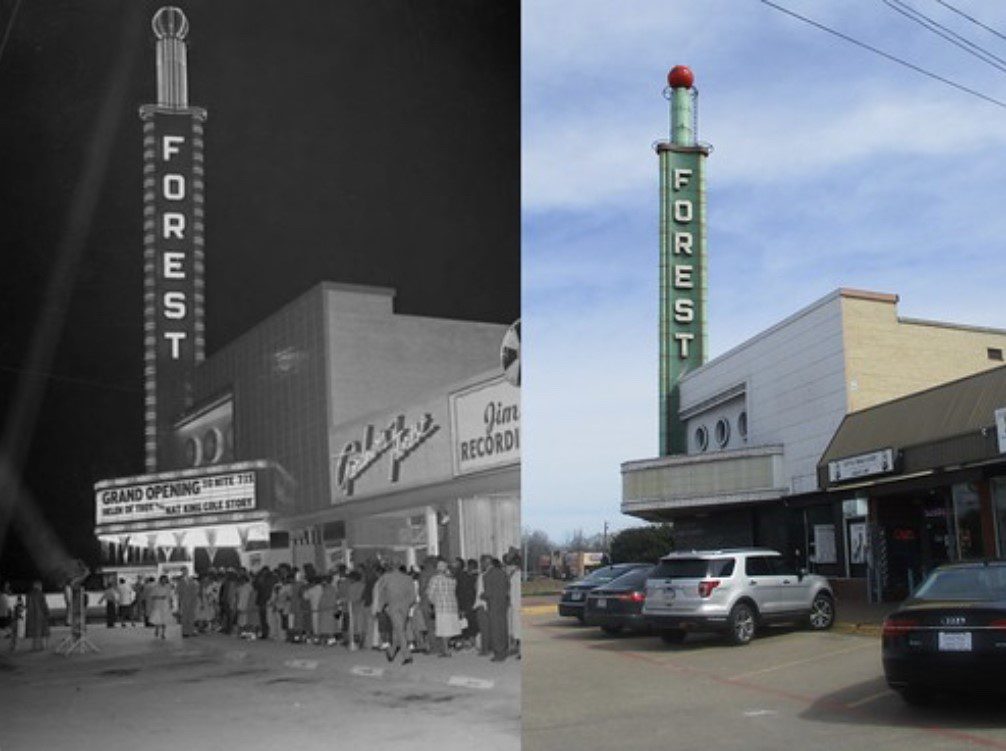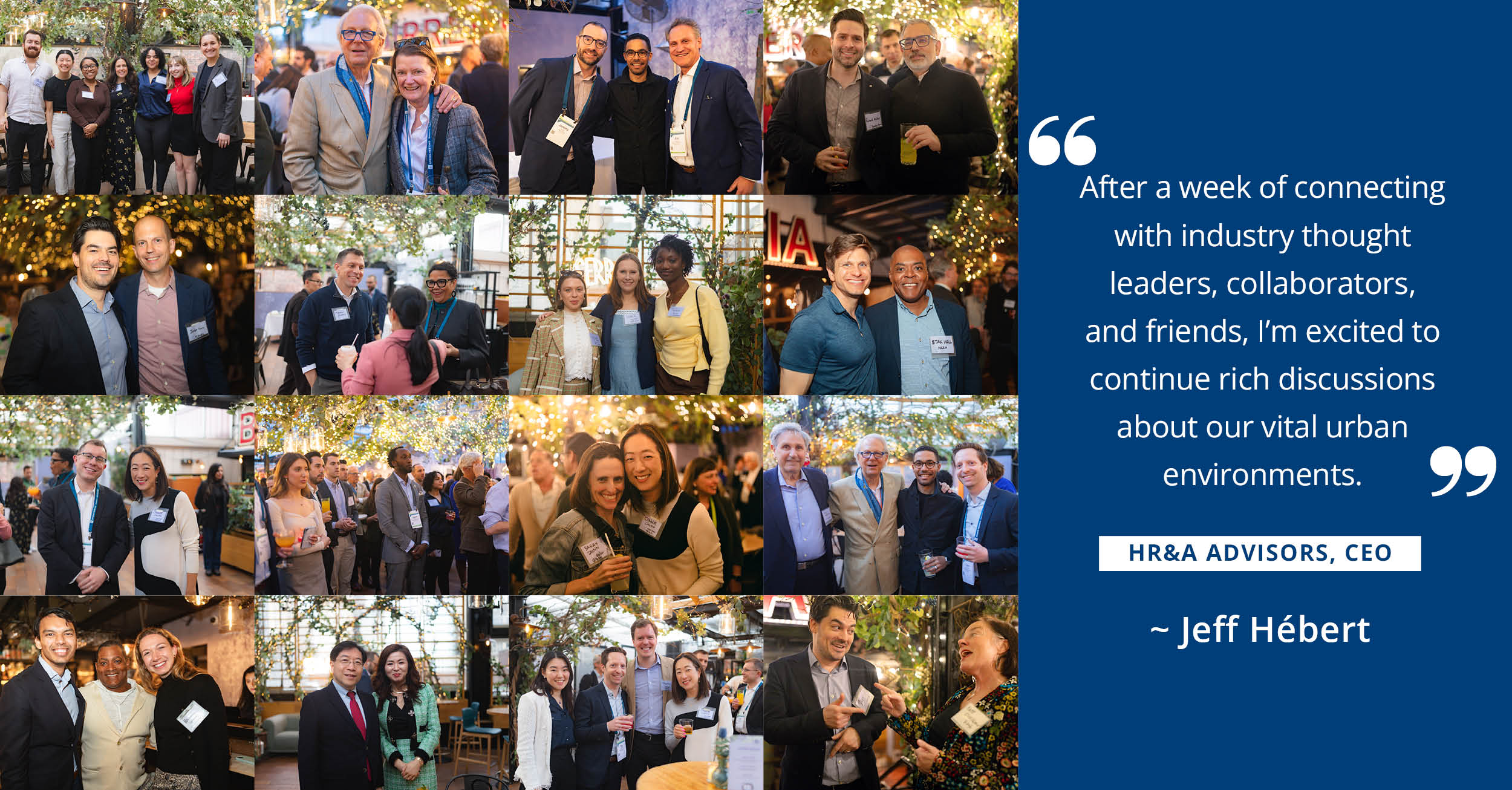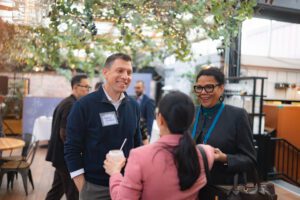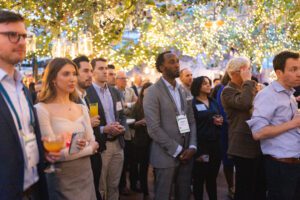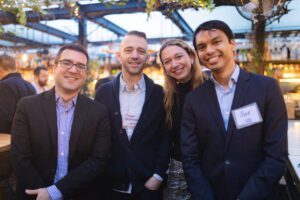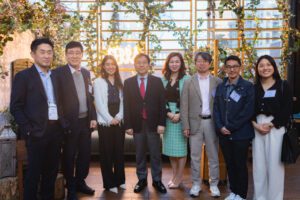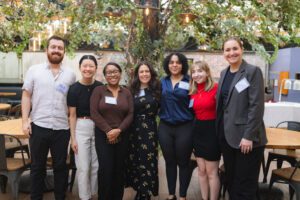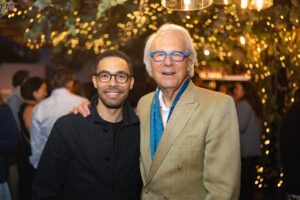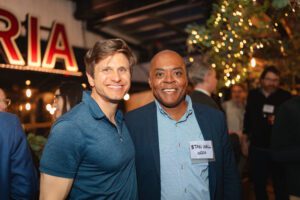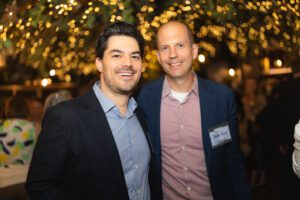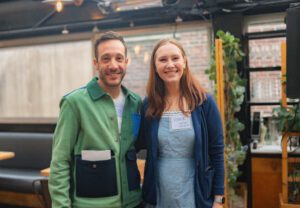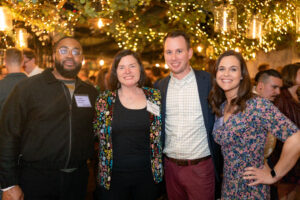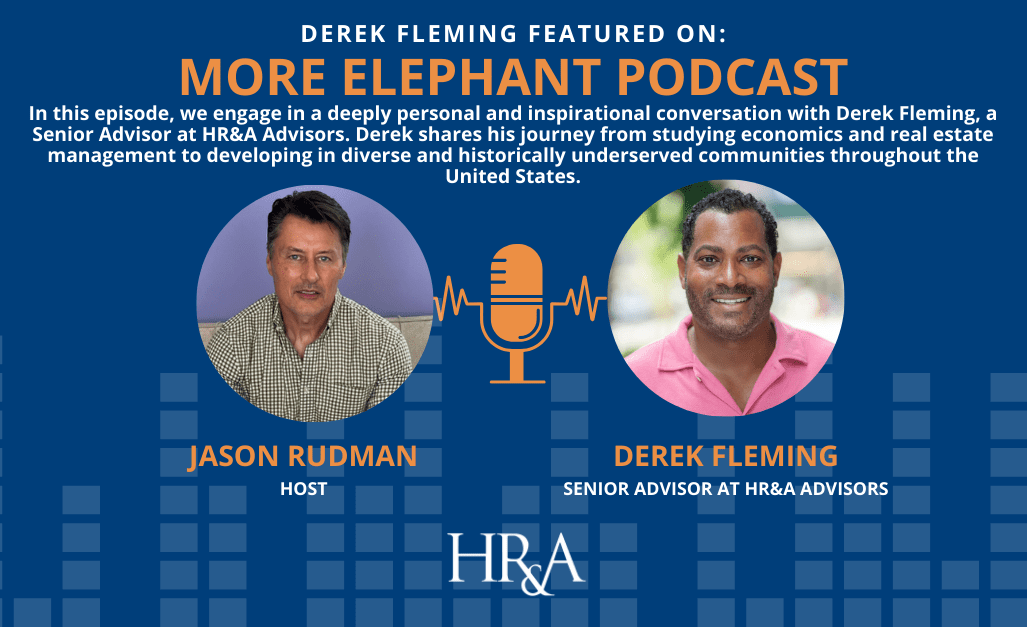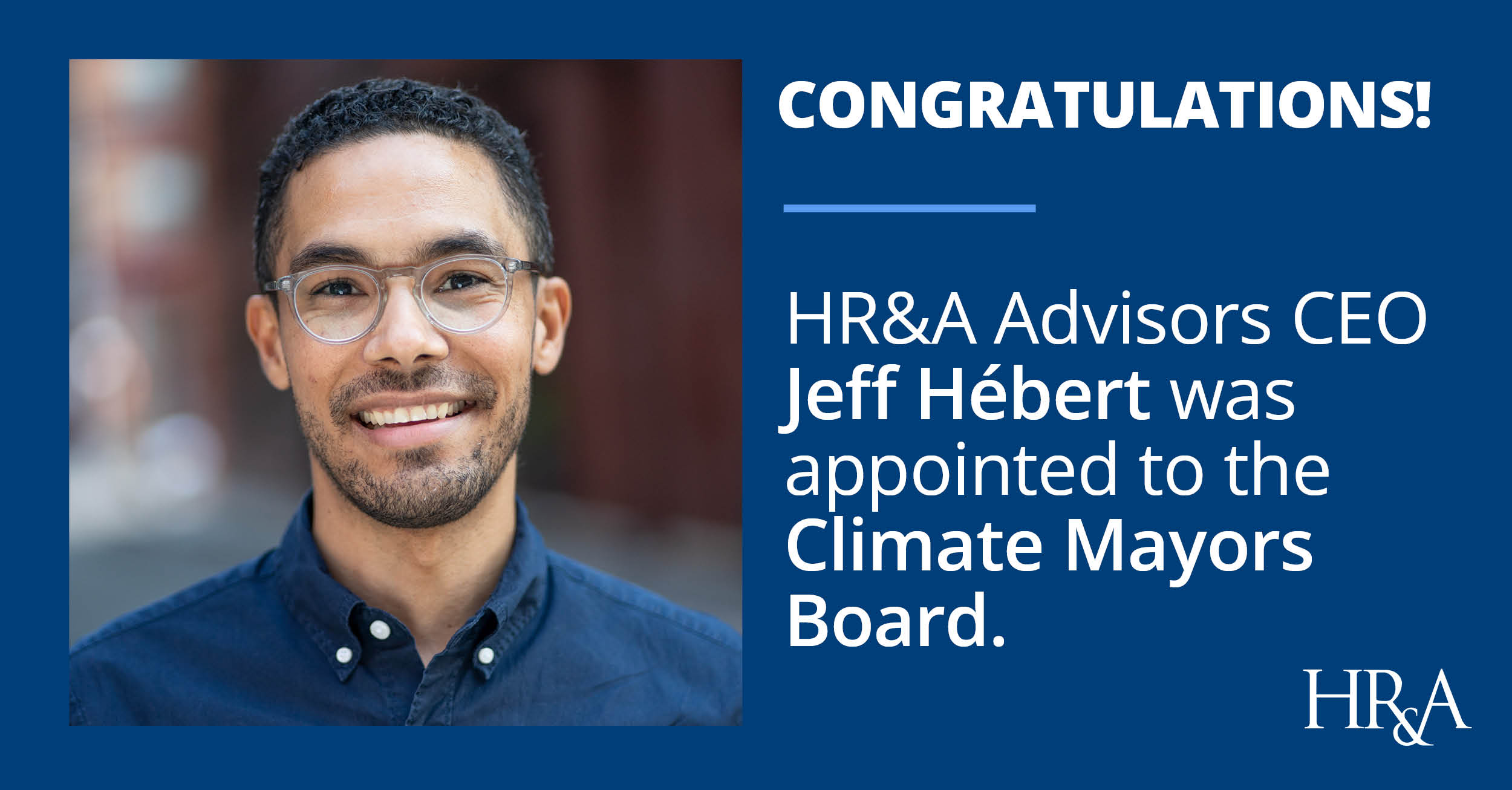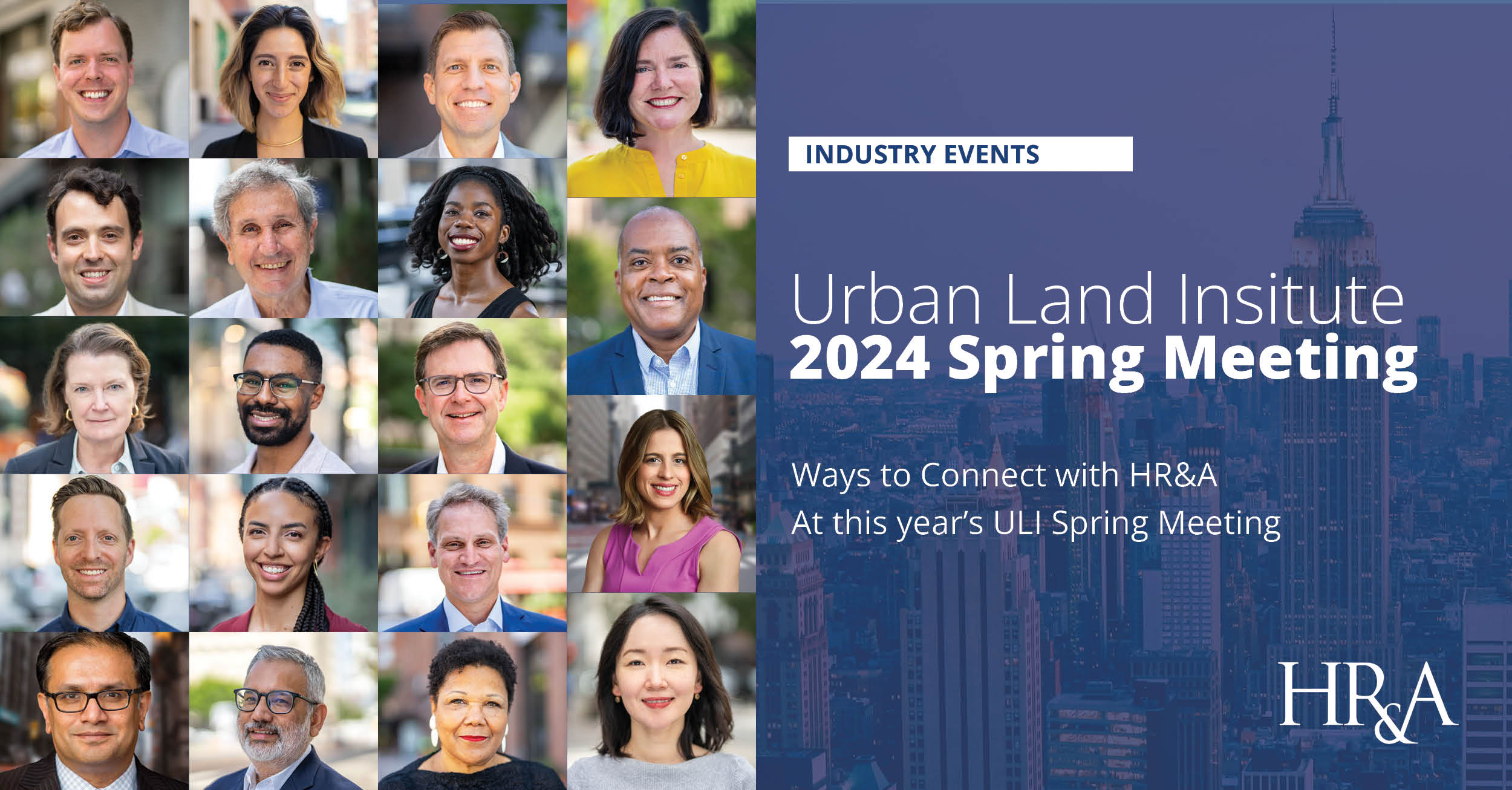The Summer Analyst Fellowship is a 10-week program offering the opportunity to engage in projects and skills aligned with core analytical staff at HR&A. Fellows have the opportunity to work as integrated members of our project teams and build their skills in market analysis, case study research, econometric modeling, spatial analysis, preparation of real estate pro formas for a range of uses, and public-private structures, and public policy analysis.
Fellows can work from any of our six offices in New York, Atlanta, Dallas, Los Angeles, Raleigh, or Washington, DC, and they may help prepare written reports, presentations, and Excel models for clients, as well as firm marketing materials and proposals for new projects. Each Fellow is assigned an Advisor to help set goals and make the most of the experience, and many members of HR&A’s team started as Analyst Fellows.
Meet HR&A’s 2024 Summer Fellows!

Clara Bonzi Teixeira (She/her/hers)
Clara provides research and analytical recommendations to drive social and environmental justice initiatives.
Clara is currently closing out a virtual internship with the U.S. Embassy in Lisbon’s Political/Economic Section, where she is engaged in tracking political, social, and economic developments that align with U.S. foreign policy objectives. She provides insights and guidance for the Embassy team through research on topics such as climate initiatives, foreign investment, and policy compliance with international and EU regulations.
Previously, Clara served as an Implementation Science Fellow at Family Health International 360 in Durham, NC, where she supported the research utilization team on two public health projects. Clara also worked as a Geoprocessing Intern at Itaipu Binacional Hydroelectric Dam in Brazil, where she researched the social and health impacts of the local wastewater management program and engaged with the community through various outreach initiatives. Alongside her experience as a Research Assistant working on maternal health community programs at the Duke University Center for Child and Family Policy, Clara has developed knowledge and interest in measuring environmental and health outcomes in a policy context.
As an undergraduate, Clara conducted long-term research as a part of a team studying disparities in voter access among key demographic groups. She analyzed state electoral policies against Census data to observe the effects of specific initiatives on voter access among marginalized groups.
Clara will graduate from Duke University with a Bachelor of Arts in Public Policy Studies in May 2024. She is proficient in Portuguese and French.
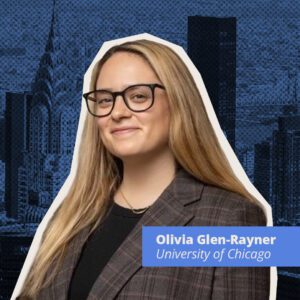
Olivia Glen-Rayner (She/her/hers)
Olivia brings her public service, campaign, and non-profit experience to solve the complex issues that cities face today.
Before joining HR&A, Olivia worked for the US House of Representatives in Congressman Nadler’s New York office.She advised the Congressman on local issues and priorities, crafted and evaluated policy to respond to district issues, and worked with other elected officials for a coordinated response. Additionally, she served as the Congressman’s representative on several working groups, Community Boards, and other governing bodies. Prior to her congressional role, Olivia held positions on high-profile presidential, Senate, House, and City Council races including as Campaign Manager of the historic NY-12 primary race in 2022. She is an AmeriCorps VISTA alumna.
Olivia is currently pursuing a Master of Public Policy (MPP) from The University of Chicago Harris School of Public Policy. She is the incoming President of the Urban Policy Student Association. Olivia holds a Bachelor of Arts in Political Science and International Relations from Carleton College in Northfield, Minnesota.

Steven Duncan (He/him/his)
Steven Duncan is an accomplished urbanist and GIS analyst, currently pursuing a Master of Science in Urban Planning at Columbia University.
With a profound background in environmental and human security studies, Steven is originally from Utqiagvik, Alaska, and is passionate about using spatial technology to enhance sustainability and advocate for historically marginalized communities.
Throughout his career, Steven has gathered significant experience at organizations such as Hexagon US Federal, where he used geospatial technologies to assess urban flood risks. His role at Navanti Group involved addressing critical regional issues such as ethnic conflicts and food security in North Africa and the Sahel. Additionally, Steven has extensive experience in communications and public relations, having worked with the French Embassy and various nonprofit organizations.
Steven holds dual bachelor degrees in Human Security & Geospatial Intelligence and French from the University of Southern California, showcasing his multidisciplinary expertise and commitment to fostering resilient and inclusive communities through innovative urban planning solutions.

Tupelo Sullivan (She/her/hers)
Based in the New York office, Tupelo brings her background in climate adaptation policy and community engagement, alongside her passion for sustainable transportation planning and urban resilience.
Prior to joining HR&A, Tupelo worked as an Environment and Sustainability Intern for the City of Miami Beach. There, she helped develop the city’s Sea Level Rise Vulnerability Assessment and Climate Adaptation Plan to understand social vulnerability to sea level rise. She also assisted in the city’s application process for Inflation Reduction Act funding for its various sustainability initiatives. Her undergraduate thesis examined opinions surrounding a managed retreat strategy in Pacifica, CA, using both qualitative content analysis and spatial analysis to investigate how residents responded to the policy and the factors that contributed to their perception of it.
Tupelo holds a B.A in Urban Studies with a specialization in Sustainable Development from Columbia University.


